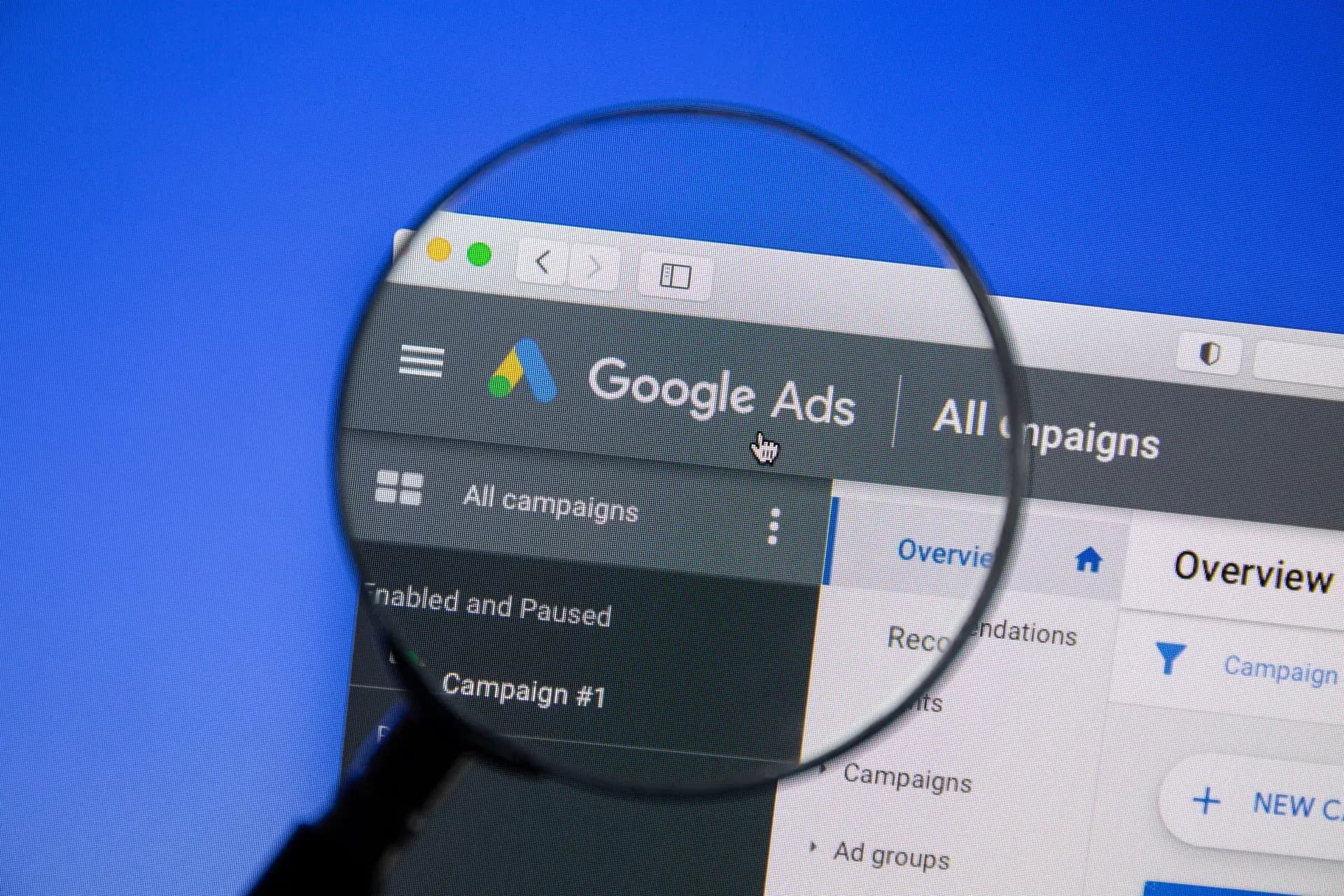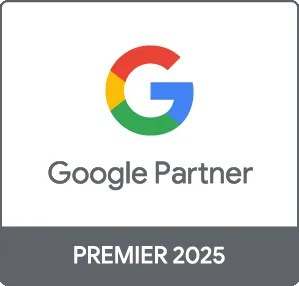Pay-per-click (PPC) advertising is a powerful digital marketing strategy that drives traffic to your website through paid ads. In this guide, we will delve into what a PPC site is, how it works, and the benefits it can provide for businesses of all sizes. Whether you're just starting out or looking to refine your PPC strategy, this article will equip you with the knowledge to leverage PPC effectively.
What is a PPC Site?
A PPC site is a website that implements pay-per-click advertising as part of its marketing strategy. Advertisers bid on keywords and pay a fee each time a user clicks on their ad. This model allows businesses to reach a targeted audience and gain immediate visibility on search engines and social media platforms.
How Does PPC Advertising Work?
The PPC advertising process involves several key components:
- Keyword Research: Identifying the right keywords that potential customers are searching for is critical. Tools like Google Keyword Planner can help find high-performing keywords.
- Creating Compelling Ads: Your ads must grab attention and encourage clicks. Writing ad copy that highlights unique selling points and includes a strong call-to-action (CTA) is essential.
- Bidding Strategy: Advertisers set a maximum bid they’re willing to pay for a click. Bidding can be manual or automatic, depending on the desired outcome.
- Landing Pages: Directing traffic to well-optimized landing pages enhances user experience and conversion rates.
- Tracking and Analytics: Monitoring campaign performance through tools like Google Analytics helps assess effectiveness and adjust strategies accordingly.
Benefits of Using PPC Advertising
PPC advertising offers numerous benefits, including:
- Immediate Results: Unlike organic search strategies, PPC can generate traffic almost instantaneously once campaigns are launched.
- Targeted Reach: PPC allows you to target specific demographics, interests, and geographic locations, ensuring your ads reach the right audience.
- Budget Control: You have complete control over your budget, spending only what you’re comfortable with.
- Measurable ROI: With detailed analytics, you can measure the return on investment (ROI) accurately, making it easier to evaluate the success of campaigns.
Best Practices for Running a PPC Site
To maximize the effectiveness of a PPC site, consider these best practices:
- Continuous Optimization: Regularly analyze performance data to identify areas for improvement and make necessary adjustments.
- A/B Testing: Experiment with different ad copies, landing pages, and bidding strategies to determine what works best for your audience.
- Utilize Negative Keywords: Exclude keywords that do not convert, helping you minimize wasted spend and focus your budget on high-performing terms.
- Seasonal Adjustments: Modify campaigns based on seasonal trends and market changes to stay relevant and competitive.
Conclusion
PPC sites can be an incredibly effective way to drive traffic and increase leads for your business. By understanding how PPC works and implementing best practices, you can leverage this powerful advertising model to achieve your business goals. At Prebo Digital, we specialize in PPC management that delivers measurable results. Ready to enhance your digital marketing strategy? Contact us today for a consultation!





